 2001 Hyundai Sonata IV (EF, facelift 2001) Dimensions, Size & Specs
2001 Hyundai Sonata IV (EF, facelift 2001) Dimensions, Size & SpecsMeasurements of the 2001 Hyundai Sonata IV, engineered for optimal performance and comfort
| Dimensions | |
|---|---|
| Length: | 4747 mm186.9 in15.6 ft |
| Width: | 1820 mm71.7 in6.0 ft |
| Height: | 1422 mm56.0 in4.7 ft |
| Trunk Capacity: | 430 liter15.2 cu ft |
| Weight Specifications | |
| Curb Weight: | 1423-1498 kg3137-3303 lbs |
| Maximal permitted Weight: | 2020 kg4453 lbs |
| Tire Specifications | |
| Rims Sizes: |
|
| Tire Sizes: |
|
The Hyundai Sonata IV (EF) facelift model, produced between 2001 and 2004, is a midsize sedan that balances a spacious interior with modern styling updates. It measures 4747 mm (186.9 inches) in length, 1820 mm (71.7 inches) in width, and stands 1422 mm (56.0 inches) tall, offering a comfortable and roomy cabin environment suitable for families and daily driving needs. The vehicle's curb weight ranges from 1423 to 1498 kg (3137 to 3303 lbs), with a maximum permissible weight of 2020 kg (4452 lbs), providing a solid yet efficient platform for performance and safety. Equipped with a 430-liter (15.2 cubic feet) luggage compartment, this Sonata generation delivers practical cargo capacity ideal for everyday errands and road trips. It rides on either 15- or 16-inch rims, with tire sizes available in 205/65 R15 and 205/60 R16, complementing its road handling and comfort. The Hyundai Sonata IV (EF) represents a competitive choice in the midsize sedan segment with its well-rounded dimensions and practical design features.
Discover the standout features that make the 2001 Hyundai Sonata IV a leader in its class
Have a question? Please check our knowledgebase first.
The Hyundai Sonata IV (EF, facelift 2001), produced between 2001 and 2004, features a length of 4747 mm (186.9 inches), a width of 1820 mm (71.7 inches), and a height of 1422 mm (56.0 inches). These dimensions position the Sonata IV comfortably in the mid-size sedan category, offering a spacious cabin for passengers while maintaining a balanced size suitable for urban and highway driving. The car’s proportions provide a good balance between interior space and external maneuverability, appealing to buyers who prioritize comfort without sacrificing drivability.
The curb weight of the Hyundai Sonata IV (2001 facelift) ranges from 1423 kg to 1498 kg (approximately 3137 to 3303 pounds), depending on the trim and equipment level. This weight reflects the car’s build quality and included safety features. The maximum authorized weight (gross vehicle weight) is 2020 kg, or about 4453 pounds, which accounts for passengers, cargo, and fuel. Understanding these figures helps potential owners gauge the vehicle’s performance capabilities and load-handling characteristics to ensure safe and efficient operation under various driving conditions.
The Hyundai Sonata IV offers a luggage capacity of 430 liters (about 15.2 cubic feet), which is a generous amount for a mid-size sedan from the early 2000s. This space allows for practical storage of suitcases, groceries, or everyday items, making it suitable for both family use and longer trips. The trunk design efficiently uses the car's overall dimensions, providing a wide and deep cargo area that can accommodate bulky objects when necessary. It's considered competitive in its class, giving owners solid utility without compromising passenger space.
A standard residential garage typically measures around 2400 mm (about 8 feet) in width and 5400 mm (approximately 18 feet) in length. Given the Hyundai Sonata IV's dimensions of 4747 mm (186.9 inches) in length and 1820 mm (71.7 inches) in width, it fits comfortably within these bounds. You should have enough space to park the vehicle without difficulty and still have some room for opening doors and maneuvering around the car inside a typical single-car garage. This makes it a convenient choice for urban dwellers and suburban homeowners alike.
Compared to the previous Sonata generation (Sonata III), the Sonata IV (facelift 2001) retained a similar footprint but introduced subtle refinements in dimensions. While specific predecessor dimensions vary slightly by market, the Sonata IV slightly grew in length and width to enhance interior space and stability but maintained a comparable height to retain a sleek sedan profile. These incremental changes reflect Hyundai's efforts to improve passenger comfort and road presence without dramatically increasing the car's size, striking a balance between agility and spaciousness typical of mid-size sedans of this era.
The Hyundai Sonata IV (2001 facelift) commonly uses rim sizes of 15 inches and 16 inches. Correspondingly, the recommended tire sizes are 205/65 R15 and 205/60 R16. These tires provide a good combination of ride comfort, handling, and road grip suitable for a mid-size sedan. The choice between rim and tire size may depend on trim level or driver preference, where 16-inch rims with lower profile tires offer a sportier appearance and possibly sharper handling, while 15-inch rims tend to provide a smoother ride and potentially better durability against potholes.
With a width of 1820 mm (71.7 inches), the Hyundai Sonata IV sits comfortably within the typical range for mid-size sedans. This width contributes positively to vehicle stability and interior shoulder room, enhancing passenger comfort and ride quality. However, a wider vehicle can make navigating very narrow streets or tight parking spots slightly more challenging compared to compact cars. For most everyday urban and suburban settings, the Sonata IV's width strikes an effective balance between spaciousness inside and ease of driving and parking in typical spaces.
In its production period (2001-2004), the Hyundai Sonata IV was competitive in size compared to other mid-size sedans such as the Honda Accord, Toyota Camry, and Ford Mondeo. With a length of 4747 mm (186.9 inches), it tends to be slightly longer than some American and Japanese rivals, providing a more spacious interior and larger trunk volume. Its width at 1820 mm (71.7 inches) is within the typical mid-size range, offering competitive shoulder room. This size advantage, combined with its luggage capacity of 430 liters (15.2 cubic feet), made the Sonata IV a practical choice for families and commuters seeking comfort and functional space.
The Hyundai Sonata IV has a height of 1422 mm (56.0 inches), which is relatively low compared to some other mid-size sedans of its time. This lower roofline contributes to a sleeker, more aerodynamic profile that can reduce wind resistance and improve fuel efficiency. However, despite the slightly lower height, the interior was designed to maximize headroom for occupants, balancing the sporty exterior aesthetics with cabin comfort. The overall height plays a key role in providing a stable ride and dynamic handling characteristics while still accommodating passengers comfortably.
With a curb weight ranging from 1423 kg to 1498 kg (approximately 3137 to 3303 pounds), the Hyundai Sonata IV maintains a weight typical of mid-size sedans in the early 2000s. This weight supports a solid and safe driving feel, contributing to vehicle stability and ride comfort. On the downside, heavier weight can slightly impact acceleration and fuel consumption compared to lighter vehicles. Nonetheless, Hyundai tuned the Sonata IV's powertrain and suspension to optimize balance between performance and efficiency, resulting in a sedan that offers dependable performance, decent fuel economy for the segment, and comfortable daily drivability.
Discover similar sized cars.
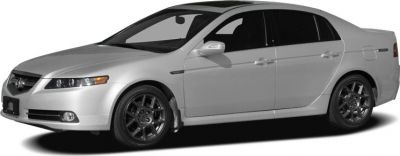
| Production: | 2003-2008 |
|---|---|
| Model Year: | 2004 |
| Length: | 4808-4822 mm189.3-189.8 in |
| Width: | 1835-1916 mm72.2-75.4 in |
| Height: | 1441 mm56.7 in |
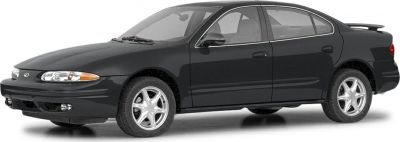
| Production: | 1998-2004 |
|---|---|
| Model Year: | 1999 |
| Length: | 4740 mm186.6 in |
| Width: | 1780 mm70.1 in |
| Height: | 1390 mm54.7 in |
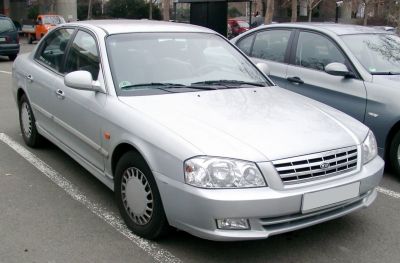
| Production: | 2000-2005 |
|---|---|
| Model Year: | 2000 |
| Length: | 4730 mm186.2 in |
| Width: | 1820 mm71.7 in |
| Height: | 1410 mm55.5 in |

| Production: | 2003-2005 |
|---|---|
| Model Year: | 2003 |
| Length: | 4719-4745 mm185.8-186.8 in |
| Width: | 1815 mm71.5 in |
| Height: | 1410-1420 mm55.5-55.9 in |
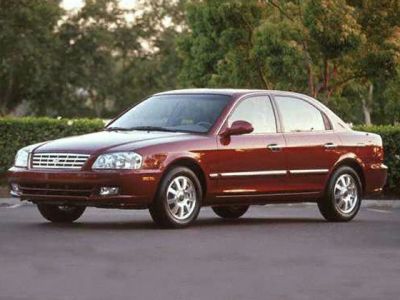
| Production: | 2000-2002 |
|---|---|
| Model Year: | 2000 |
| Length: | 4722-4745 mm185.9-186.8 in |
| Width: | 1815 mm71.5 in |
| Height: | 1410-1420 mm55.5-55.9 in |
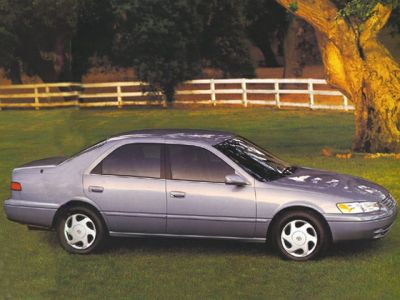
| Production: | 1996-1999 |
|---|---|
| Model Year: | 1996 |
| Length: | 4765 mm187.6 in |
| Width: | 1785 mm70.3 in |
| Height: | 1410-1430 mm55.5-56.3 in |
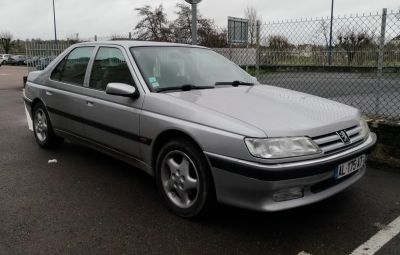
| Production: | 1989-2000 |
|---|---|
| Model Year: | 1989 |
| Length: | 4765 mm187.6 in |
| Width: | 1799 mm70.8 in |
| Height: | 1411-1418 mm55.6-55.8 in |

| Production: | 1995-2000 |
|---|---|
| Model Year: | 1996 |
| Length: | 4740 mm186.6 in |
| Width: | 1803 mm71.0 in |
| Height: | 1374-1380 mm54.1-54.3 in |
